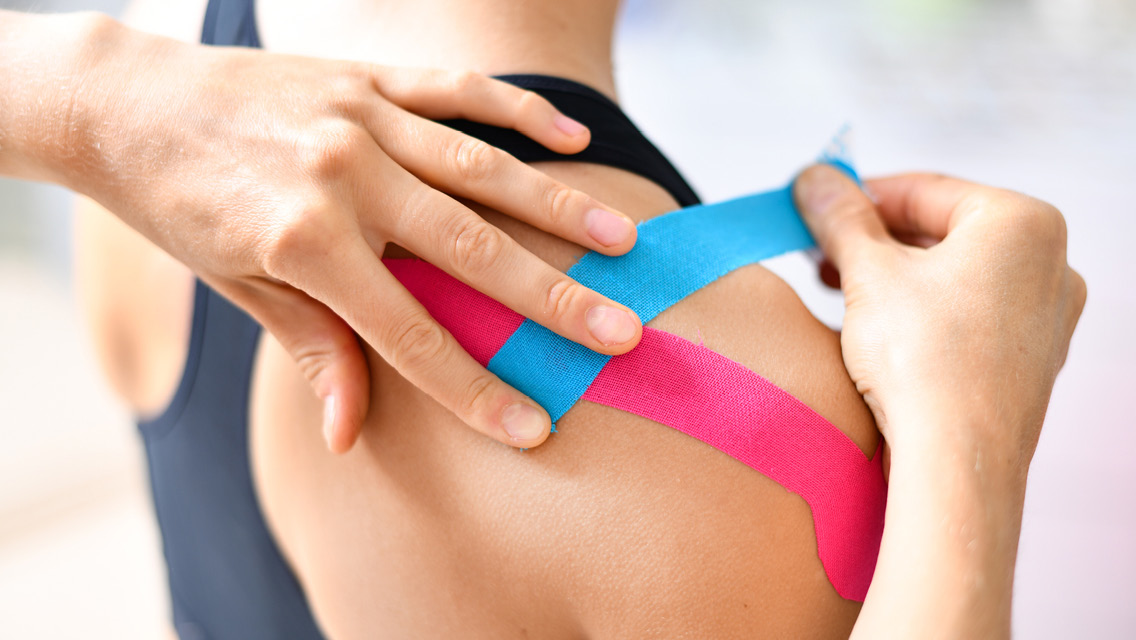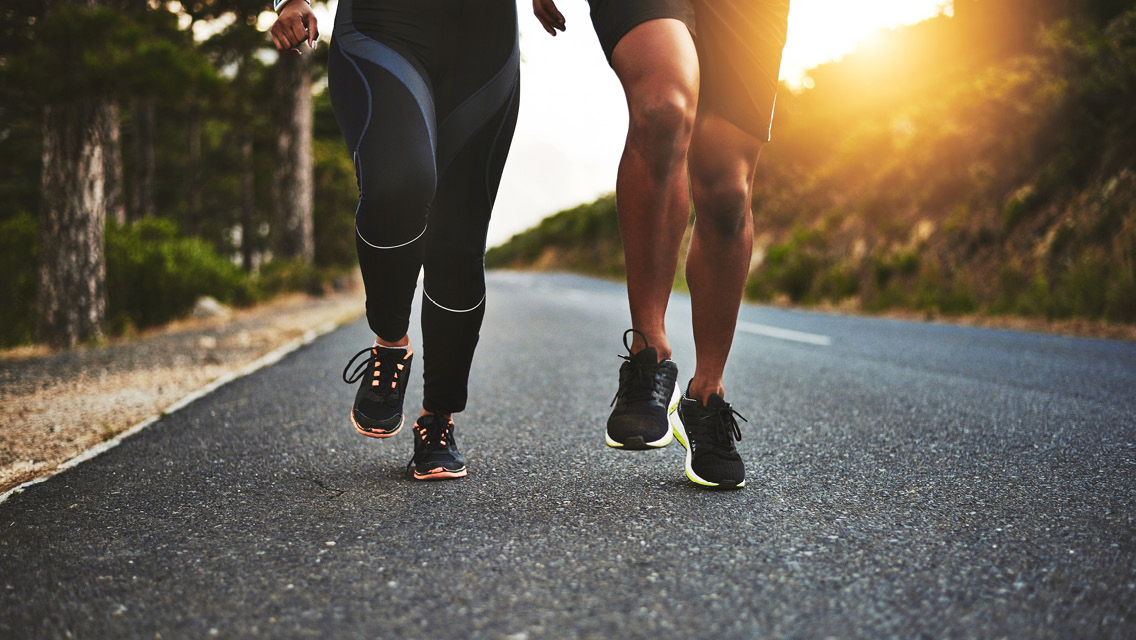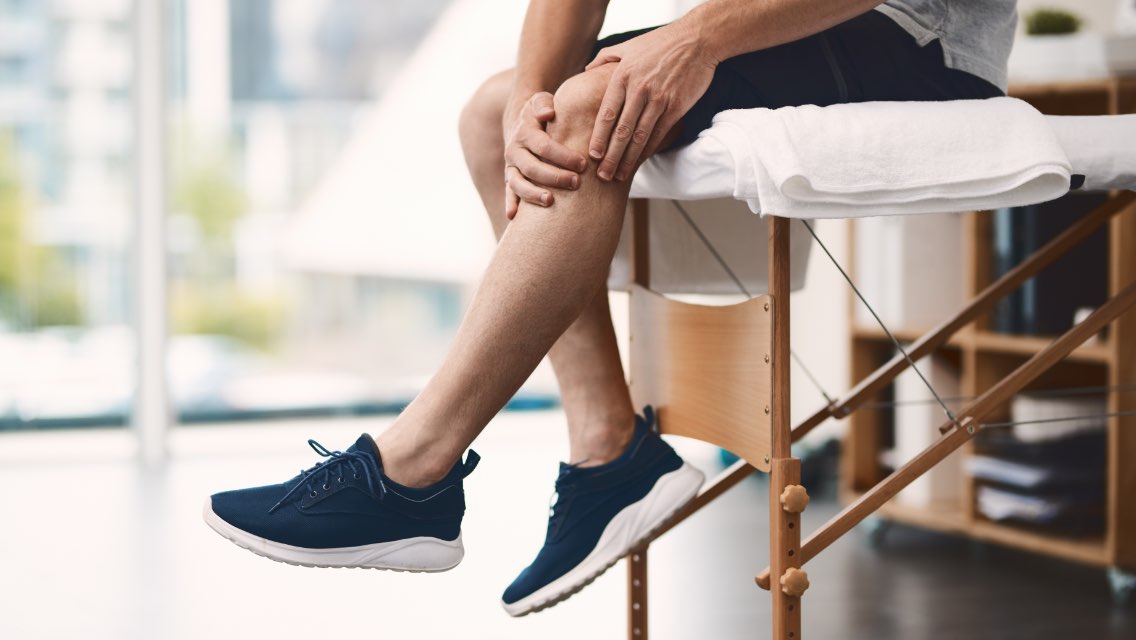Q: I see pro athletes wearing strips of colored tape on their arms, legs, and torsos. Is it useful for everyday athletes?
A: First developed in the 1970s, physio or kinesiology tape is a therapeutic adhesive applied to the body in patterns resembling racing stripes. Research suggests that taping is effective in temporarily relieving some types of pain — particularly in the shoulders, ankles, and knees. It works best in the short term, such as when you’re playing an important league match or engaging in some other physical activity that can’t be postponed. Many experts believe the tape cues muscles to fire and connective tissue to track more efficiently, thus reducing stress on the injured area.
For longer-term pain relief, taping seems to be less effective. One 2013 study published in the European Journal of Physical and Rehabilitation Medicine found no evidence that taping has lasting effects on pain or range of motion. And on its own, says Los Angeles–area physical therapist Juliana Gildesgame, DPT, taping won’t solve dysfunctional movement long term: “Taping is a Band-Aid measure — if you don’t correct the movement strategy, you will not create sustainable pain management.” That means addressing the source of the pain, getting adequate rest, working with a qualified trainer, and, quite possibly, spending some time with a physical therapist.
If a trainer or physical therapist decides that taping is a good fit for you, he or she will apply the tape and show you how to tape yourself as well (each application lasts three to four days). Tape is available online, along with instructions on how to apply it (see Kinesio Taping Association International), but keep in mind that if you need tape, you may also need some physical therapy.
Once applied, “rub the tape to heat it up. Then recheck the motion [that’s causing pain] to see if you feel relief,” says Gildesgame. “You should feel an immediate difference and may be able to perform your other rehab exercises more effectively.”





This Post Has 0 Comments